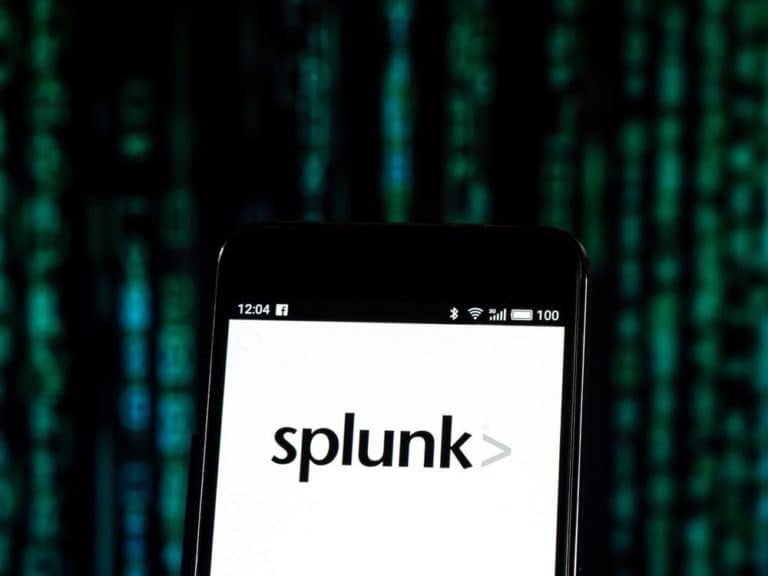Splunk has announced the launch of the Data Fabric Search and Data Stream processor, respectively solutions for federated search and stream processing, on a large scale. In this way, users will be able to access and process huge datasets more quickly.
Data Fabric Search is a solution that accelerates and streamlines the analytics experience by quickly merging insights from huge datasets. These can also be datasets that are located in different locations. These are displayed in a single overview. This means that data from multiple datastores is fully visible for the entire organization in question.
“With Splunk’s new Data Fabric Search, we can detect and respond to potential
issues within minutes, not hours, so our teams can focus on delivering innovative
and personalized products for our customers,” said Jon Prall, VP Communications Production Engineering at Verizon Media. “Data Fabric Search harnesses the power of multiple Splunk deployments to gain operational insights about billions of events with optimized, scalable queries.”
Data Stream Processor
Splunk DSP is a real-time stream processing solution. This means that the solution continuously collects large amounts of data from various sources at high speed and delivers valuable insights to the user. The information and insights are then, usually within milliseconds, distributed to Splunk (or other destinations that use this data).
Users can deliver data to different destinations or data storage locations to quickly gain insights for analysts or other business professionals. In this way, critical decisions can be taken more quickly. Splunk DSP can also mask data to protect sensitive information that could affect organizations in the event of a data breach.
Splunk Connected Experience
In order to bring users even further in terms of interaction with their data, Splunk has also improved Connected Experience in a number of areas. For example, there is the Natural Language Platform, which allows users to access important information in their organization by literally talking to mobile devices, using the apps Splunk Mobile and Splunk TV. Users can use their voice to ask questions and the system will answer. These answers can for example be configured as Splunk dashboards, or saved search results. In addition, Connected Experience is now widely available on Android devices and there is closer integration with Splunk Enterprise and Splunk Cloud.
